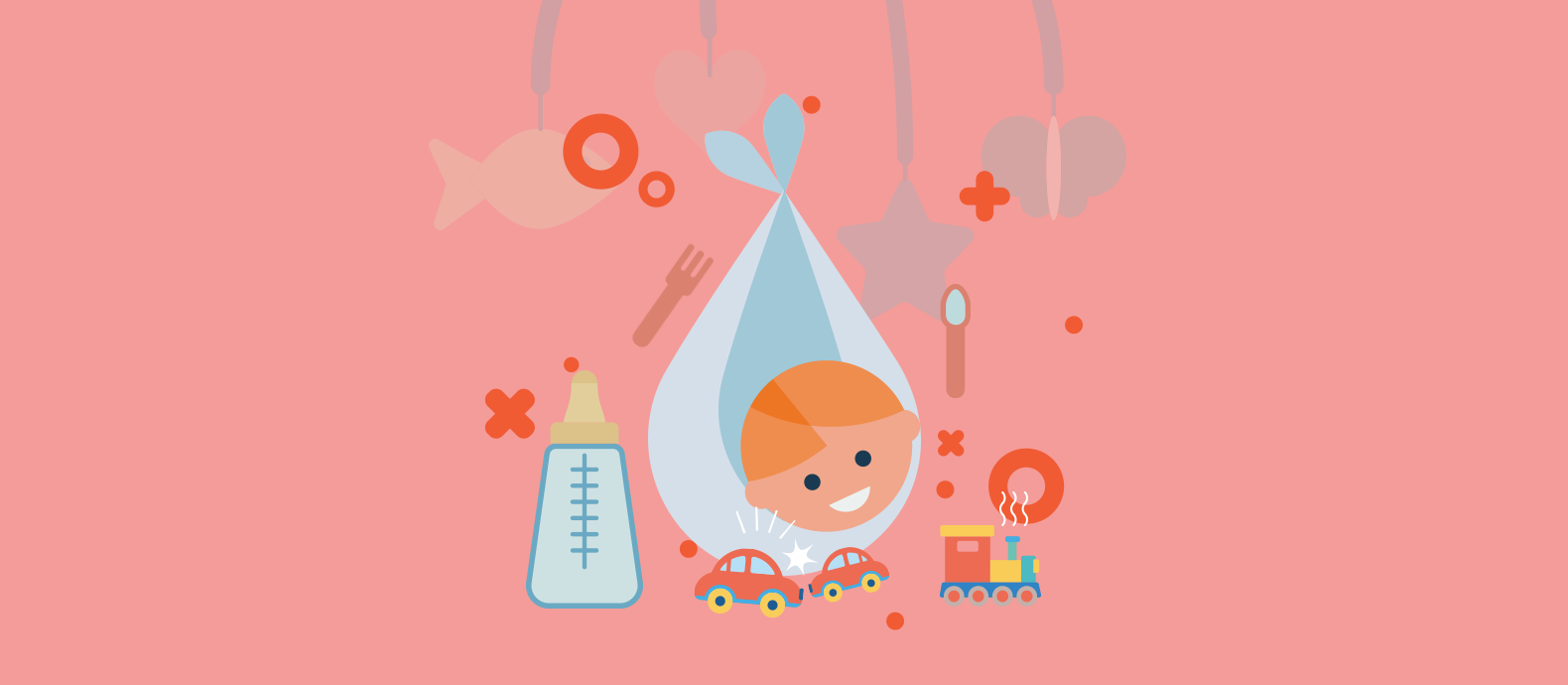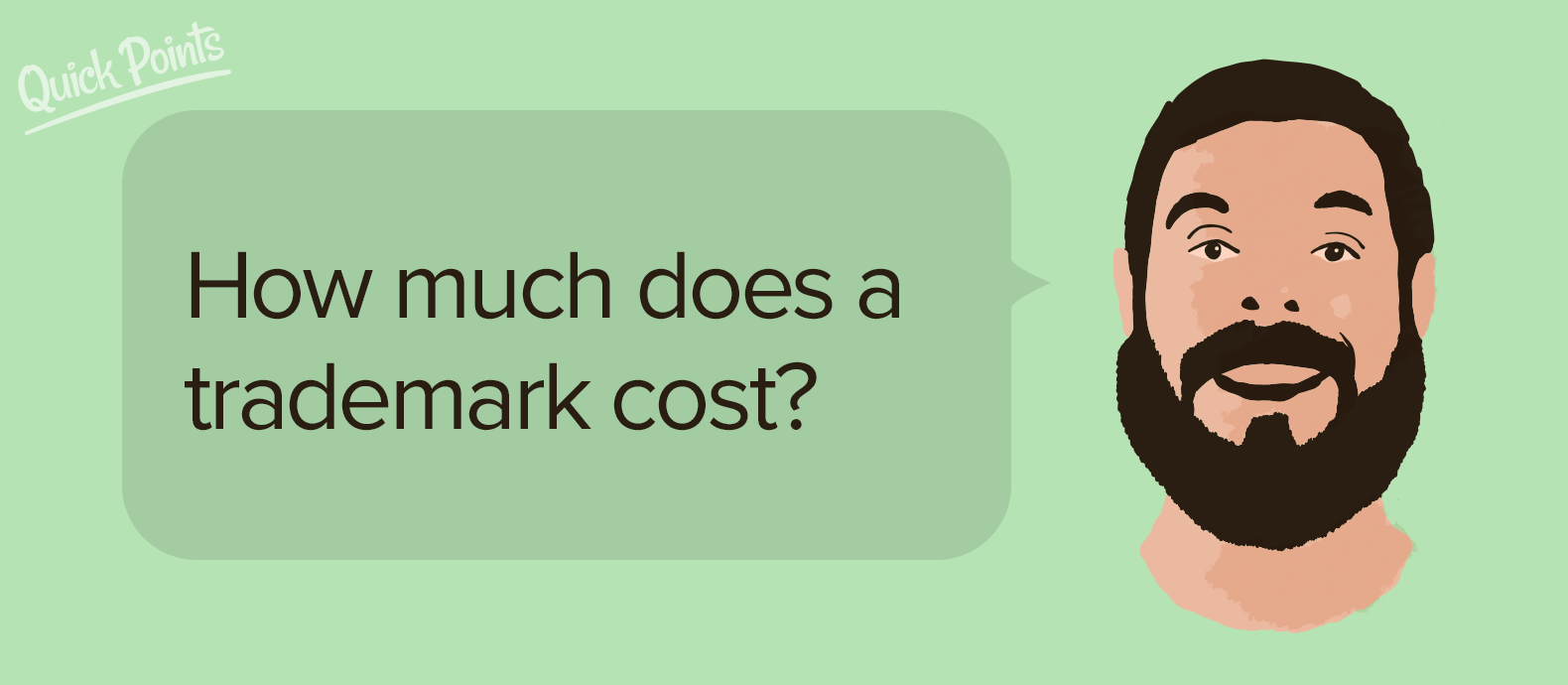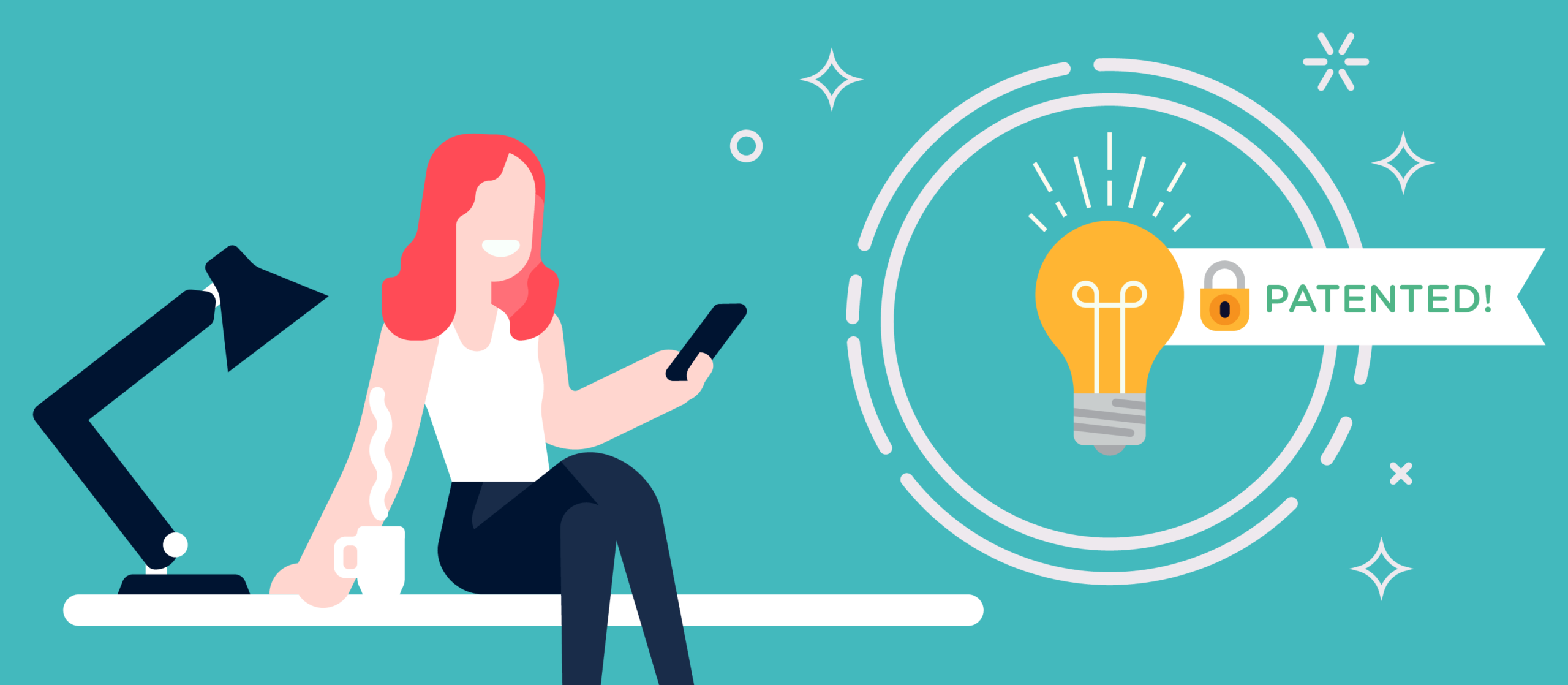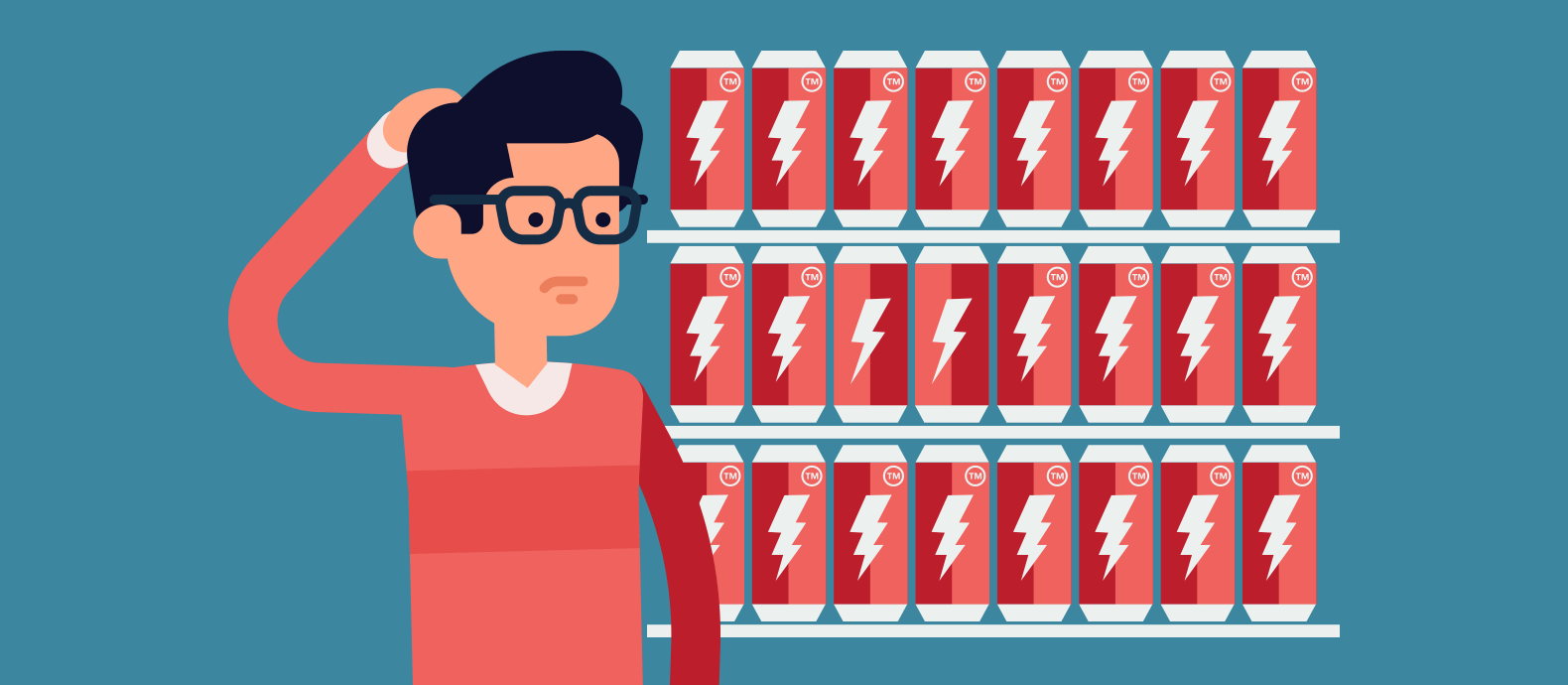Fake baby products shouldn’t exist, but they do. From strollers and rockers to diapers, placemats and even formula, shady retailers go under the radar, steal intellectual property and sell fake items in numerous places.
We’re all trained to seek out the deals. Even if it’s just a dollar off, most shoppers will often go for the cheaper item found on online marketplaces. But sometimes, instead of paying less for the same product, you’re actually paying too much for a totally different one. A counterfeit. One that shouldn’t even be sold for pennies. And when you’re accidentally buying fake baby products, things can get dangerous.
If shoppers come across a deal that seems too good to be true, it’s best that they move along. Here are a few more reasons why purchasing counterfeit baby products is like playing with fire.
Untested chemical composition
In the United States, any manufactured item designed for use by children has to meet strict guidelines. In 2008, the Consumer Product Safety Improvement Act was passed and set a process that manufacturers must follow. In brief, anything designed for children has to:
-
Comply with all child product safety rules
-
Be tested for compliance by a CPSC (Consumer Product Safety Commission) accredited laboratory
-
Obtain a written Children’s Product Certificate that states evidence of compliance
-
Have tracking information permanently affixed to the product
Laboratory testing ensures that chemicals like lead, phthalates, and others are not present in the toy. But in counterfeits, there is no evidence of any sort of testing, which means you have no idea what’s inside. How do you know that a rubber ducky, with its soft, squishy feel, hasn’t been made with toxic phthalates? Or that the cloth diaper you are using won’t cause a rash? You can’t. Some counterfeiters even have the guile to copy the exact tracking label information from the item they based their fake product off of.
This is possibly the most dangerous reason to stay away from fakes, since lead or other poisonous chemicals can cause such harm, especially to babies and toddlers. What if you had a sippy cup that was leaching chemicals into your child’s orange juice? There is just no way to know what exactly is inside a product that hasn’t been tested. The only thing you can really do is to stick to authorized dealers that are clearly stated on the brand’s website.
Unknown structural integrity
This is a big issue with anything that holds your baby, like strollers, car seats, bouncers, swings, and walkers. Again, products like these which are manufactured in the USA have been tested to hold the weight required and to even break in a certain way. For example, a walker might bend when too much weight is applied instead of splinter apart.
But in fake baby products, all that’s been copied is the look and shape. There is no guarantee that the jumper can hold the weight it says it can, and no telling what would happen if it broke. Would a cord snap and ricochet back towards your baby? Who knows.
There has been evidence of baby carriers like the ERGO, Beco, and MobyWrap being faked. Now, if you are trusting something like this to hold your baby almost five feet above the ground, you don’t want it to be fake. There is no one at the factory checking if these things can hold any weight, and some have been known to rip at the seams with just a good tug. Your child is the most precious cargo you have. Don’t put life in jeopardy just to save a few bucks.
Choking danger
Another issue with these dangerous baby products is that small parts can come off and become choking hazards. A diaper cover has various parts including snaps, and a counterfeit cover is not going to have the same quality control as a real one. The snaps could weaken over time and fall out, and if this happens at night it could be in your baby’s mouth before the morning.
Or maybe you got a counterfeit baby placemat online, one that suctions to a high chair or table. But after a few washes, the suction cups are starting to detach. Babies will grab whatever they can get their hands on, and a loose suction cup is dangerously close to becoming another choking hazard. This is the same for any item with parts that are held together. Who knows when they’ll break apart and cause an accident?
Thermometer scare
An interesting case of fake baby products occurred in Britain in 2012. Reports started coming in of baby thermometers which were giving inaccurate readings and had suspicious packaging. It turns out that these were fake. They were purchased online, but once they were physically seen, the buyers noticed that there was no recognized brand name on the package and they didn’t have the right amount of warnings or icons on the back.
After a child with leukemia was given an inaccurate reading and then rushed to the hospital, Britain seized over 400 fake thermometers in a series of raids. This is just another example of how counterfeit products can be so dangerous.
Fake Pampers
People have been sent fake Pampers by Amazon on numerous occasions. Most likely there is a third party seller who sells the fakes, but since Amazon’s warehouses often contain the same items from different sellers in the same bin, the fakes go out by mistake. These buyers report differences such as the thickness of the padding, variations in the lining and even whole Sesame Street characters missing from the printing. One mom reported her baby getting diaper rash the second day from the counterfeits. Diapers are definitely created to be gentle on babies, and when it’s fake there is no knowing what the materials will do.
What can you do?
The first thing is to always buy baby products from authorized vendors. Remember, it’s not just that an unauthorized dealer will charge less, but that they can be selling a fake product (even if they don’t know it themselves).
Secondly, take some time to learn how and why people buy fake baby products. A good place to start is our post outlining the market research we did on the very issue. In our report, you can learn about where fake products come from, how they get past our defenses and who buys them. No one ever thinks they’d be taken unaware by a counterfeit, but in fact, most people who buy counterfeits think they are getting the real thing.
Fake products have been around ever since real ones, but it’s troubling to hear of fakes deliberately affecting our most vulnerable population. It’s a problem that parents need to stay vigilant with, and it is always beneficial to order from an authorized dealer when possible. Even if it means waiting an extra few days for shipping, it’s a small price to pay for the safety of your baby.







